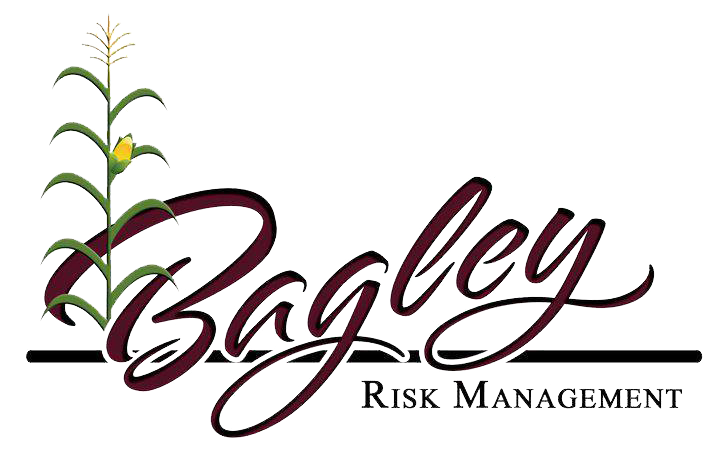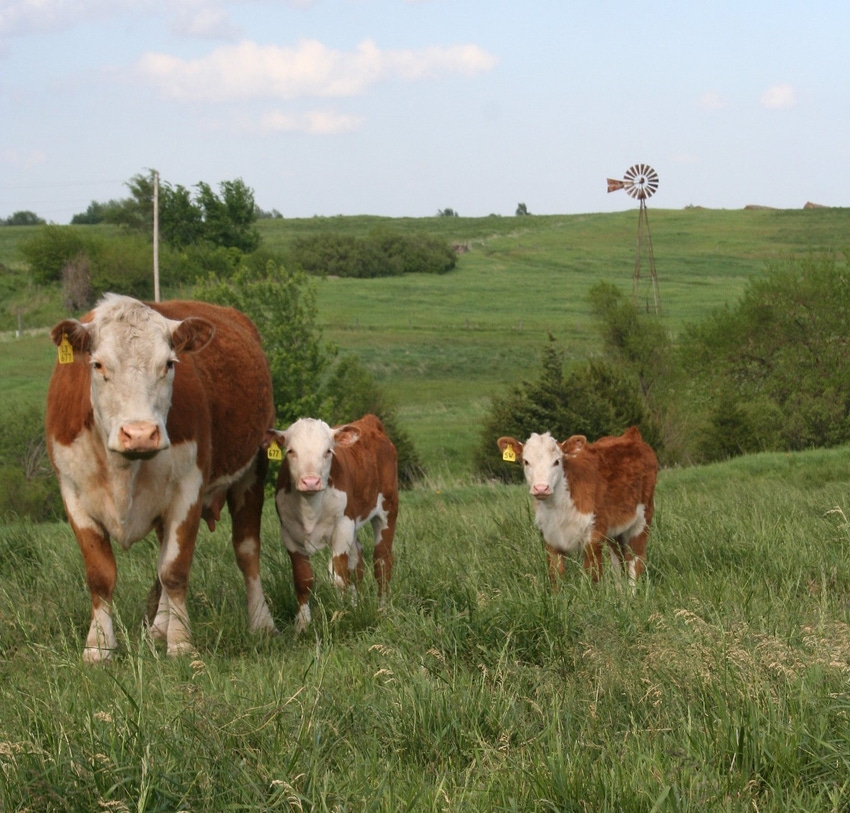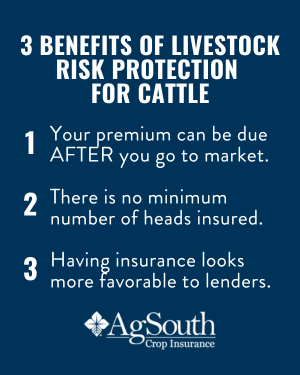Strategic Partnerships for Durability: Bagley Risk Management
Strategic Partnerships for Durability: Bagley Risk Management
Blog Article
Secret Aspects to Take Into Consideration When Finding Animals Threat Defense (LRP) Insurance Policy
When evaluating options for Livestock Risk Defense (LRP) insurance, several key factors warrant careful consideration to ensure reliable threat monitoring in the farming field. Selecting the ideal protection alternatives tailored to your specific livestock procedure is paramount, as is recognizing exactly how premium costs correlate with the degree of security provided. Additionally, the qualification requirements for different types of animals and the versatility of the policy to adjust to altering scenarios are vital aspects to weigh. The effectiveness and transparency of the cases process can significantly influence the general experience and financial end results for livestock manufacturers. By tactically navigating these critical variables, manufacturers can protect their financial investments and alleviate potential dangers efficiently.
Protection Options
When considering Livestock Threat Protection (LRP) insurance policy, it is vital to understand the different coverage alternatives available to reduce risks in the agricultural industry. Animals Threat Protection (LRP) insurance policy provides different protection choices customized to satisfy the varied demands of animals manufacturers. Bagley Risk Management. Among the key coverage options is price coverage, which secures versus a decrease in market rates. Manufacturers can choose the coverage level that aligns with their price danger administration goals, enabling them to secure their operations against possible financial losses.
Another essential insurance coverage choice is the endorsement duration, which establishes the length of time the coverage is in result. Producers can select the recommendation period that ideal fits their production cycle and market problems. Furthermore, coverage levels and prices vary based upon the kind of livestock being guaranteed, giving manufacturers the flexibility to tailor their insurance coverage plans according to their specific needs.
Comprehending the various insurance coverage options readily available under Livestock Threat Security (LRP) insurance policy is vital for producers to make enlightened decisions that successfully protect their animals procedures from market uncertainties.
Costs Costs

Animals Danger Security (LRP) insurance provides essential coverage alternatives tailored to reduce risks in the farming industry, with a substantial facet to consider being the estimation and structure of premium expenses. These include the kind and number of animals being insured, the insurance coverage degree chosen, the present market costs, historical rate data, and the size of the protection period.
Premium prices for LRP insurance policy are normally determined based upon actuarial data and risk analysis versions. Insurance firms evaluate historical information on livestock rates and production expenses to determine an ideal premium that mirrors the level of risk entailed. It is vital for livestock producers to thoroughly review premium expenses and insurance coverage options to guarantee they are sufficiently shielded against possible monetary losses as a result of unfavorable market conditions or unpredicted events. By comprehending how superior prices are determined and structured, manufacturers can make educated choices when picking the right LRP insurance coverage for their procedure.
Eligible Livestock
The decision of eligible livestock for Livestock Danger Security (LRP) insurance policy protection entails mindful factor to consider of details criteria and features. Animals kinds that are typically eligible for LRP insurance that site consist of feeder livestock, fed livestock, lambs, and swine. These pets need to satisfy certain qualifications connected to weight ranges, age, and intended usage. In addition, you can try these out the qualification of animals may vary based on the specific insurance provider and the regards to the plan.
Feeder cattle, for example, are typically eligible for LRP coverage if they fall within specified weight ranges. Lambs are one more group of livestock that can be taken into consideration for LRP insurance, with aspects such as weight and age playing an essential duty in determining their qualification.
Prior to choosing LRP insurance policy for animals, manufacturers need to meticulously evaluate the eligibility standards laid out by the insurance company to ensure their animals satisfy the needed needs for insurance coverage.
Plan Flexibility
Policy flexibility in Animals Danger Defense (LRP) insurance policy permits manufacturers to customize protection to fit their details needs and run the risk of monitoring techniques. This flexibility equips livestock manufacturers to customize their insurance coverage plans based on aspects such as the type of livestock they own, market conditions, and private danger tolerance levels. By offering adjustable options, LRP insurance coverage allows producers to successfully manage their threat direct exposure while protecting their livestock operations versus unanticipated market volatility.
Insurance Claims Process
Upon experiencing a loss or damage, producers can launch the claims process for their Animals Threat Defense (LRP) insurance by quickly contacting their insurance policy provider. It is crucial for producers to report the loss immediately to quicken the insurance claims process. When reaching out to the have a peek at these guys insurance company, producers will require to offer in-depth details regarding the incident, including the date, nature of the loss, and any kind of pertinent documentation such as veterinary records or market value.

After the evaluation is total, the insurance company will choose concerning the claim and communicate the result to the manufacturer. If the claim is approved, the producer will certainly get settlement according to the terms of their Livestock Danger Protection (LRP) insurance plan. Bagley Risk Management. It is important for manufacturers to be knowledgeable about the cases process to make certain a smooth experience in case of a loss

Final Thought
In conclusion, when picking Livestock Danger Defense (LRP) insurance, it is important to think about coverage options, premium prices, eligible animals, policy adaptability, and the cases process. These crucial elements will help make certain that farmers and herdsmans are adequately shielded versus potential risks and losses associated with their livestock procedures. Making an educated decision based upon these factors to consider can eventually bring about better financial security and assurance for livestock manufacturers.
Livestock Danger Defense (LRP) insurance coverage provides various coverage alternatives tailored to meet the diverse demands of livestock producers.The determination of qualified animals for Animals Threat Protection (LRP) insurance coverage entails careful consideration of particular requirements and features.Plan flexibility in Livestock Risk Security (LRP) insurance coverage enables producers to customize insurance coverage to fit their specific demands and take the chance of administration approaches.Upon experiencing a loss or damages, producers can initiate the claims procedure for their Animals Risk Defense (LRP) insurance coverage by quickly contacting their insurance policy service provider.In conclusion, when choosing Livestock Threat Defense (LRP) insurance, it is necessary to consider coverage options, premium expenses, eligible animals, plan flexibility, and the insurance claims procedure.
Report this page